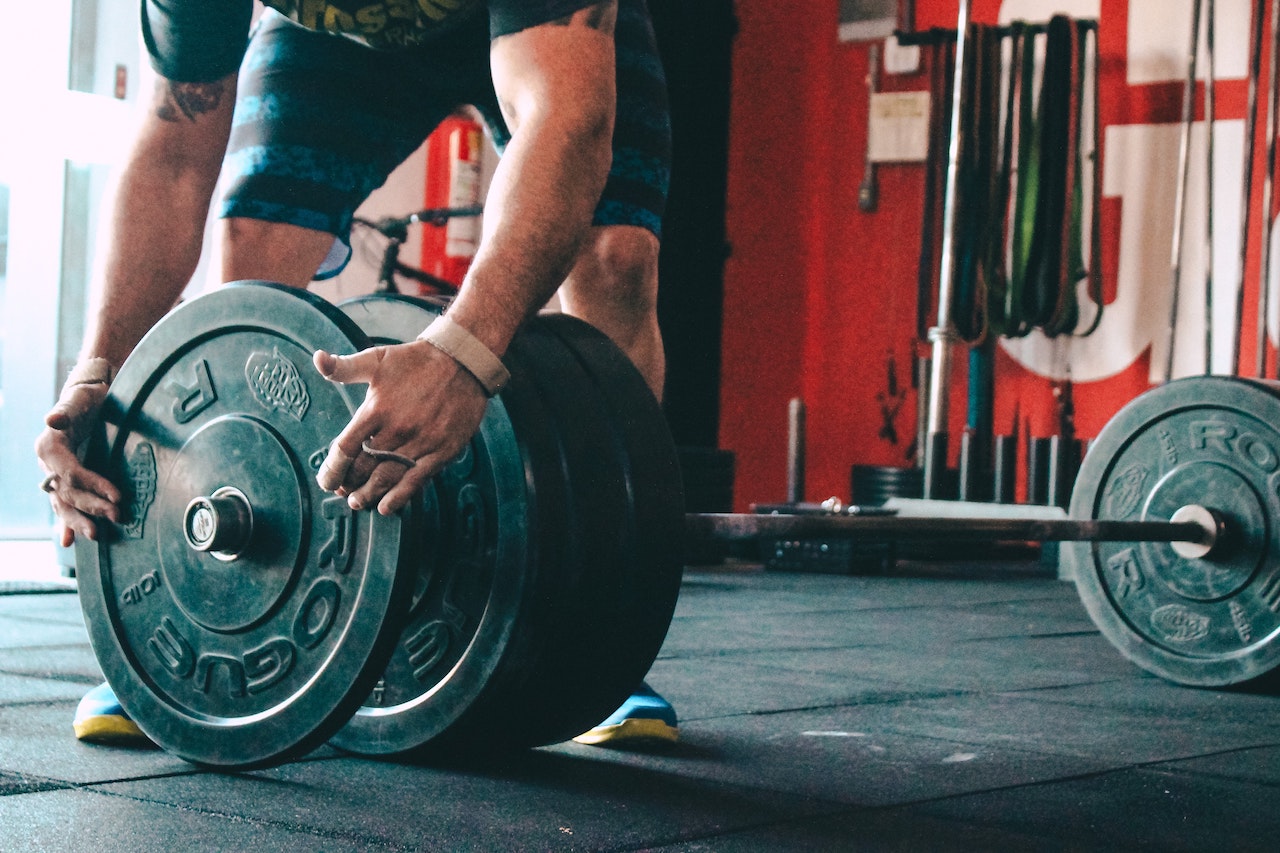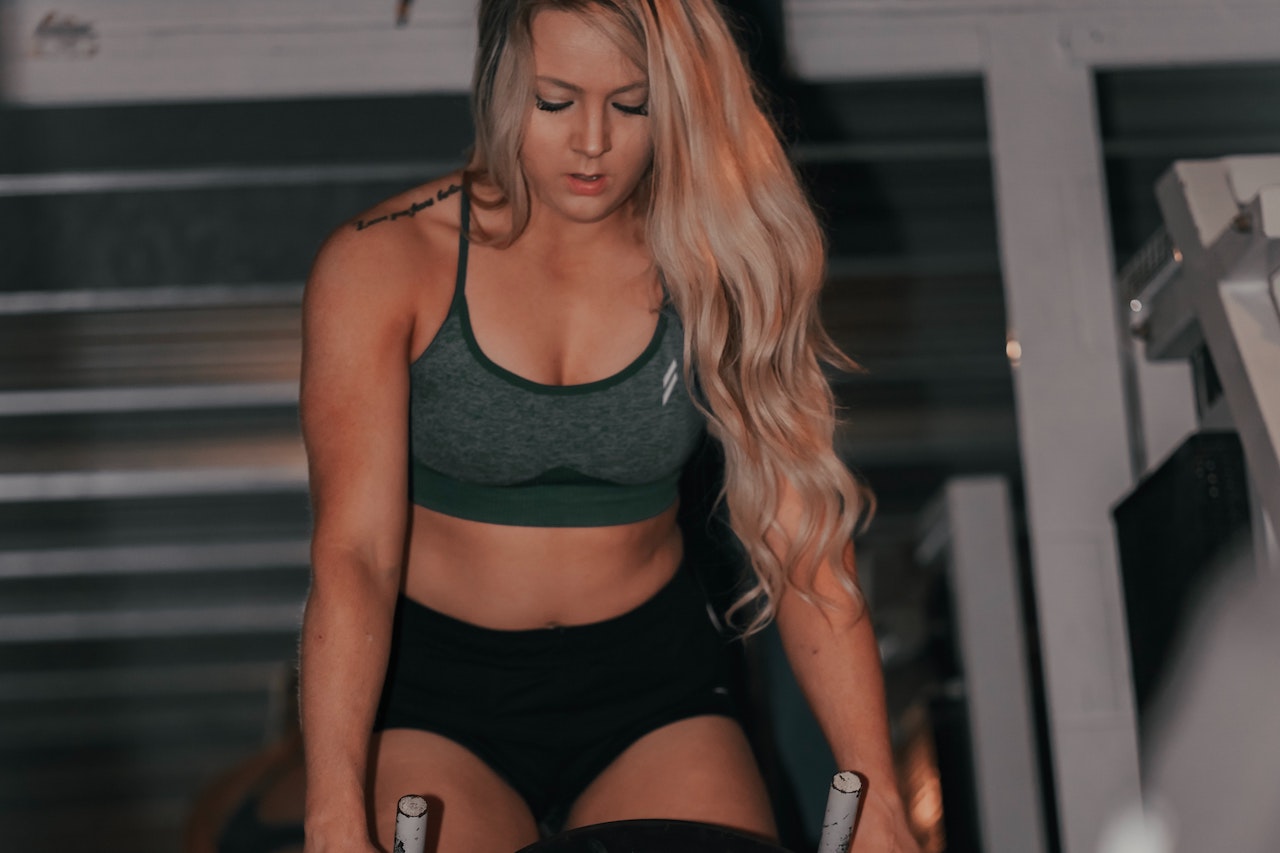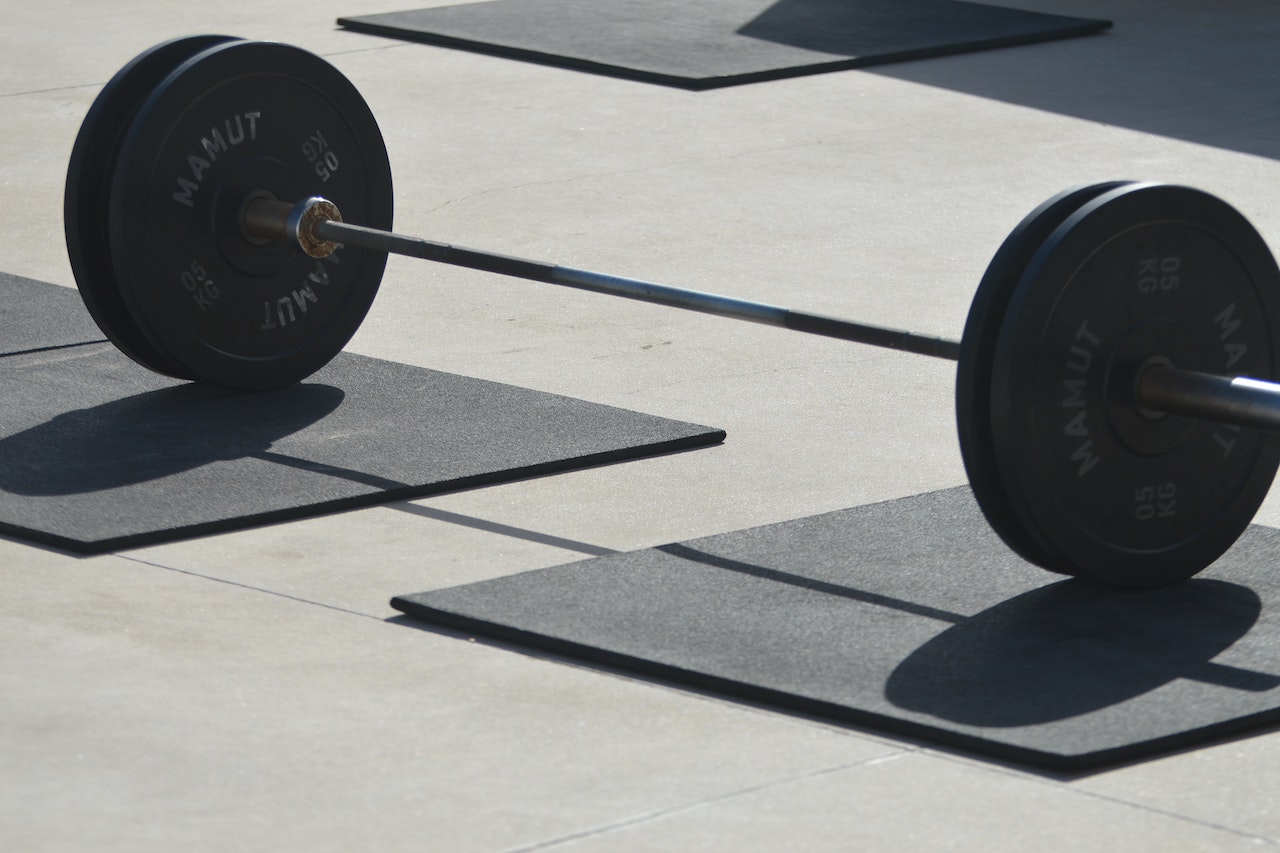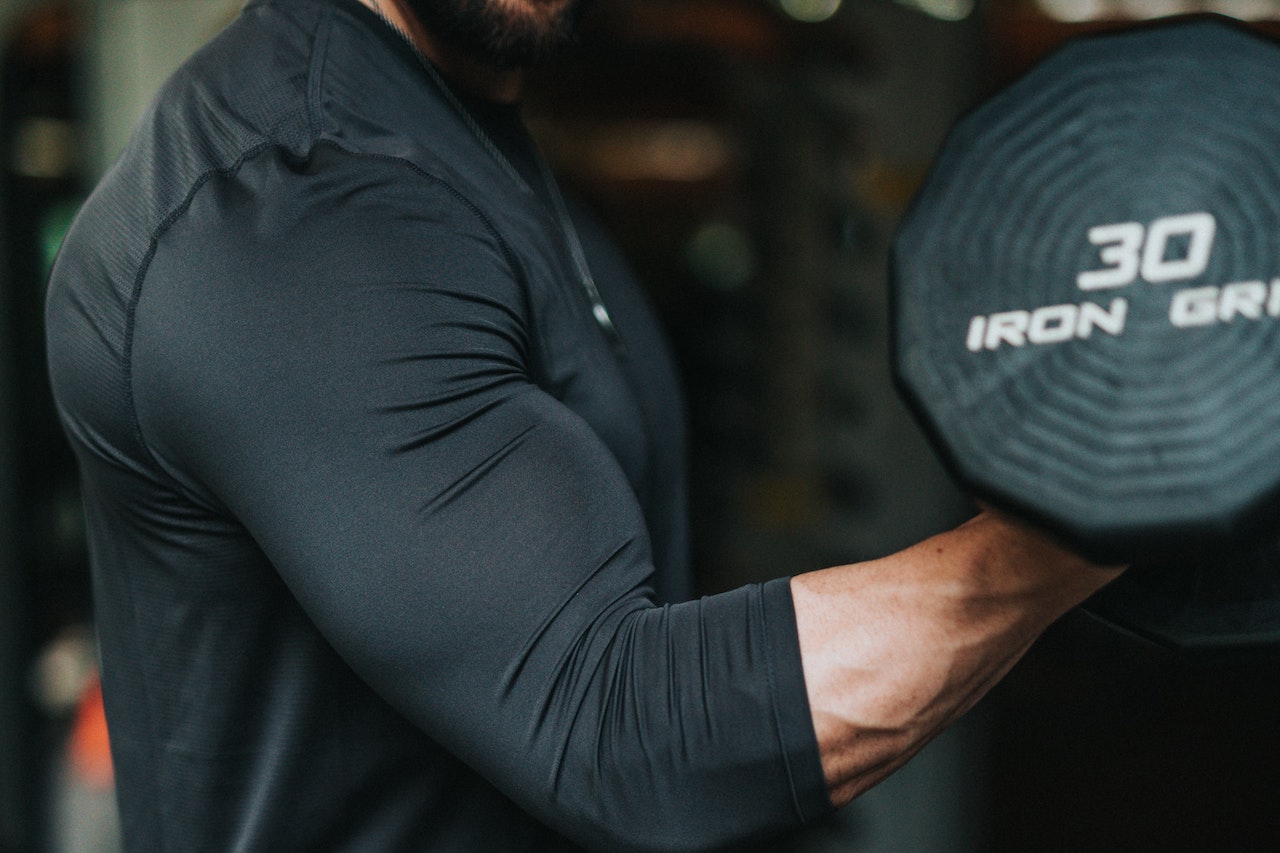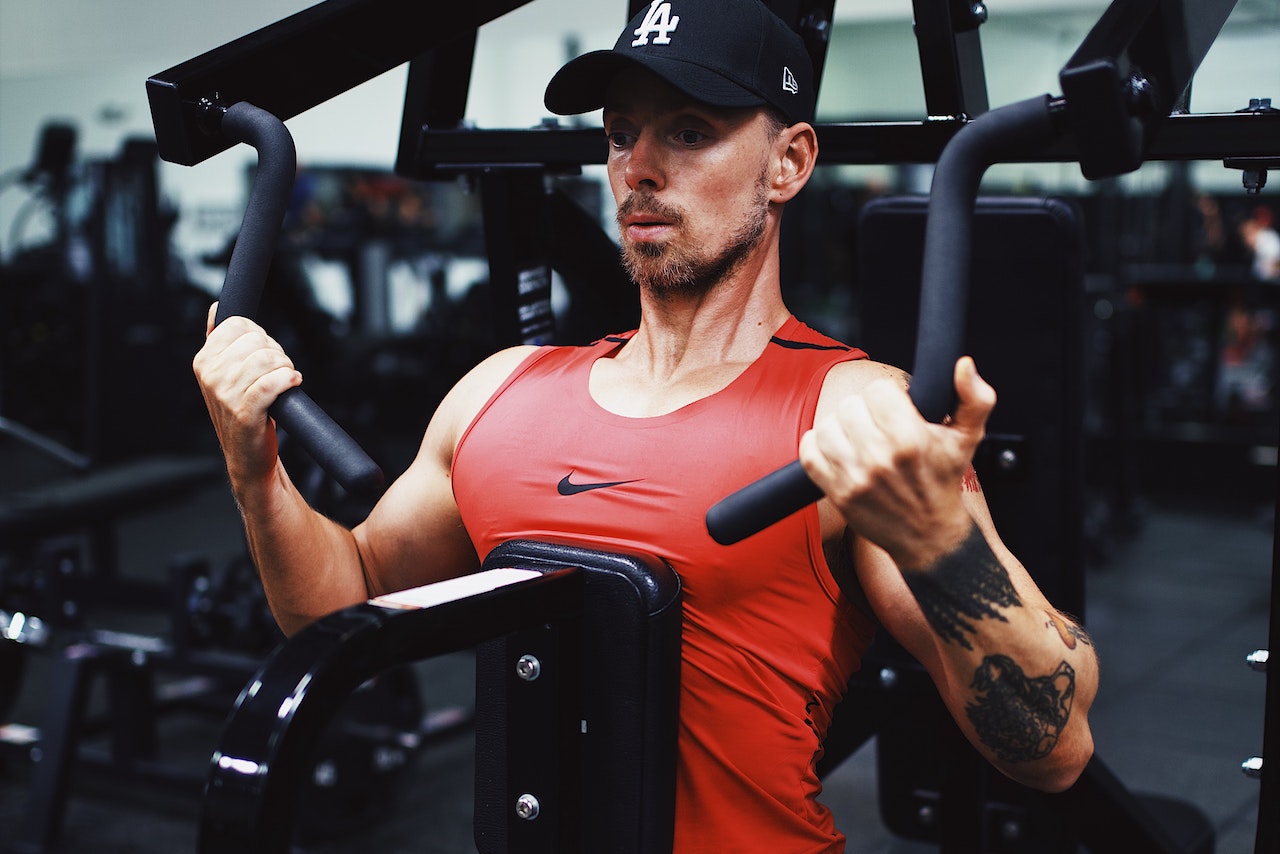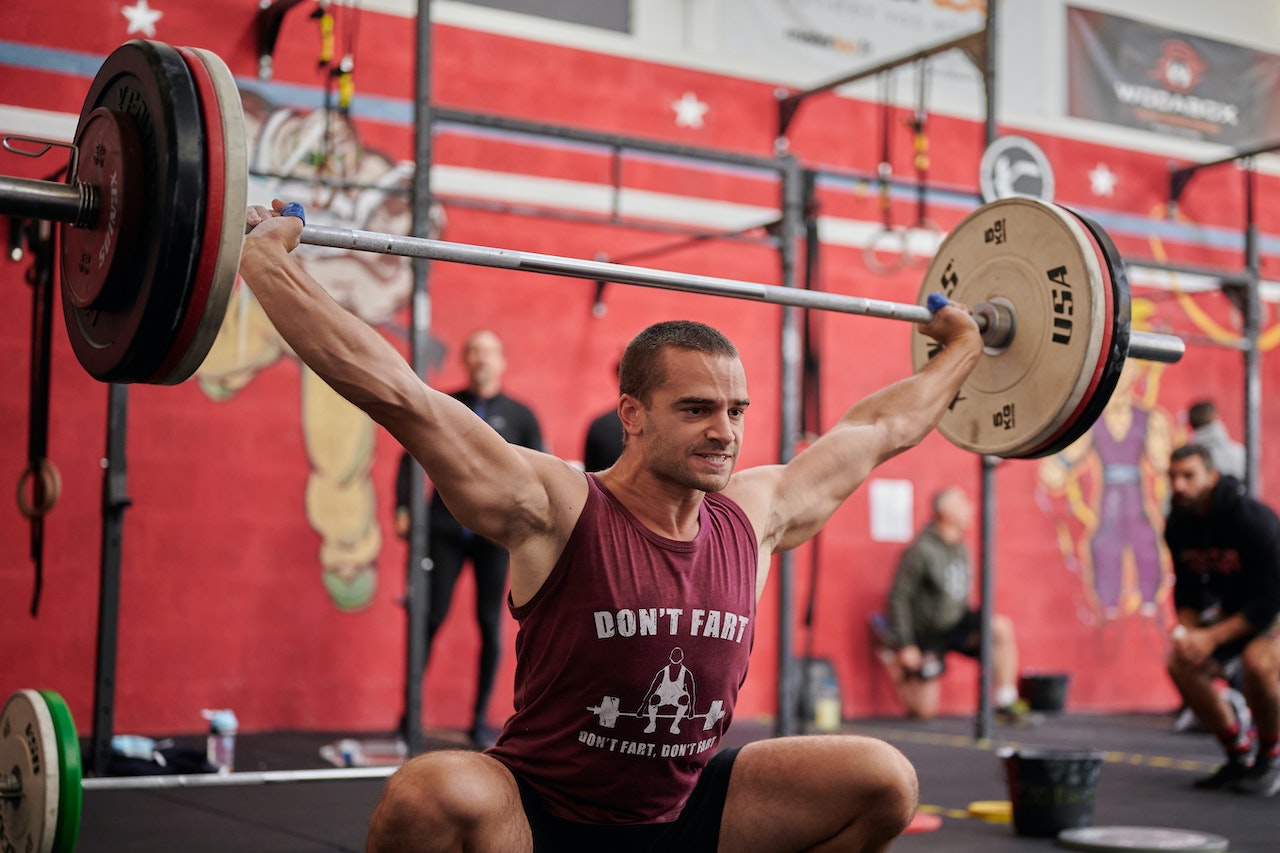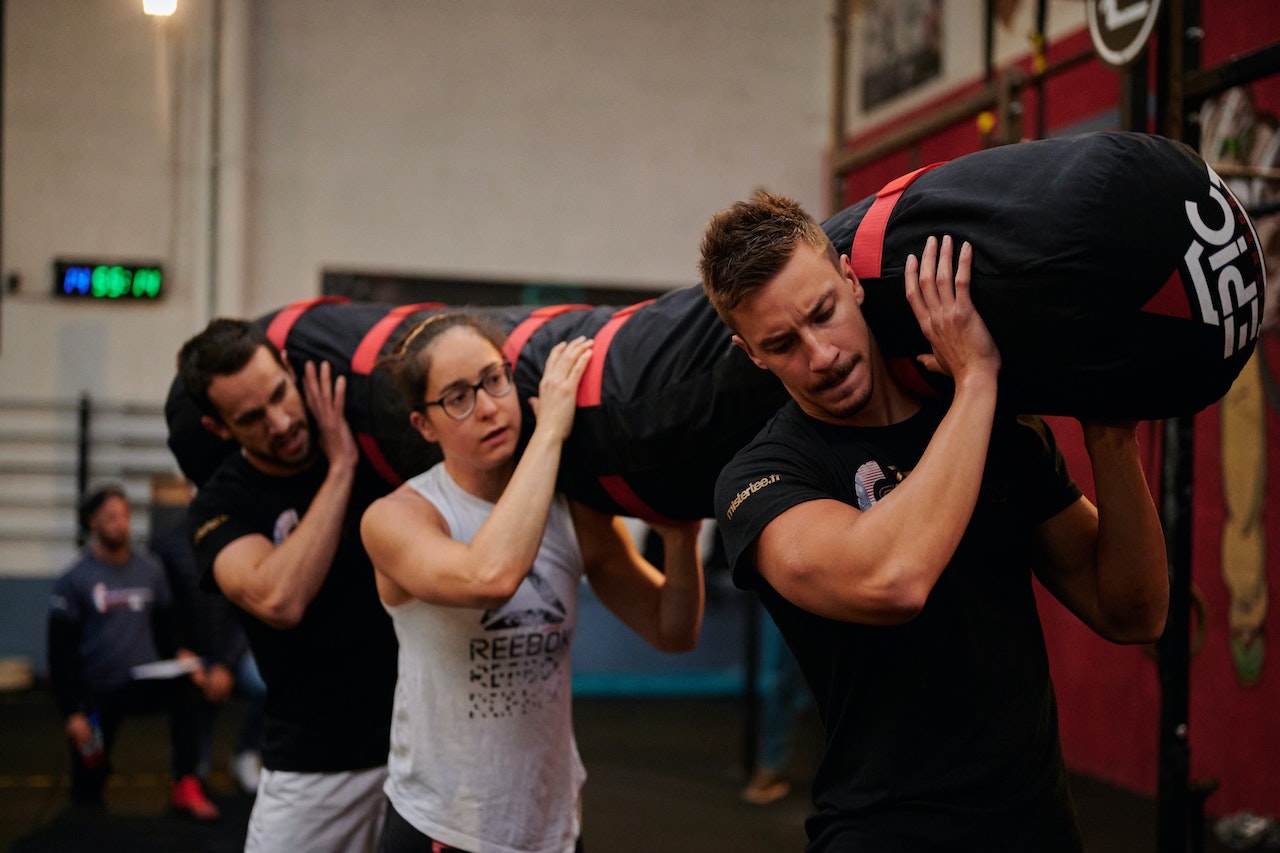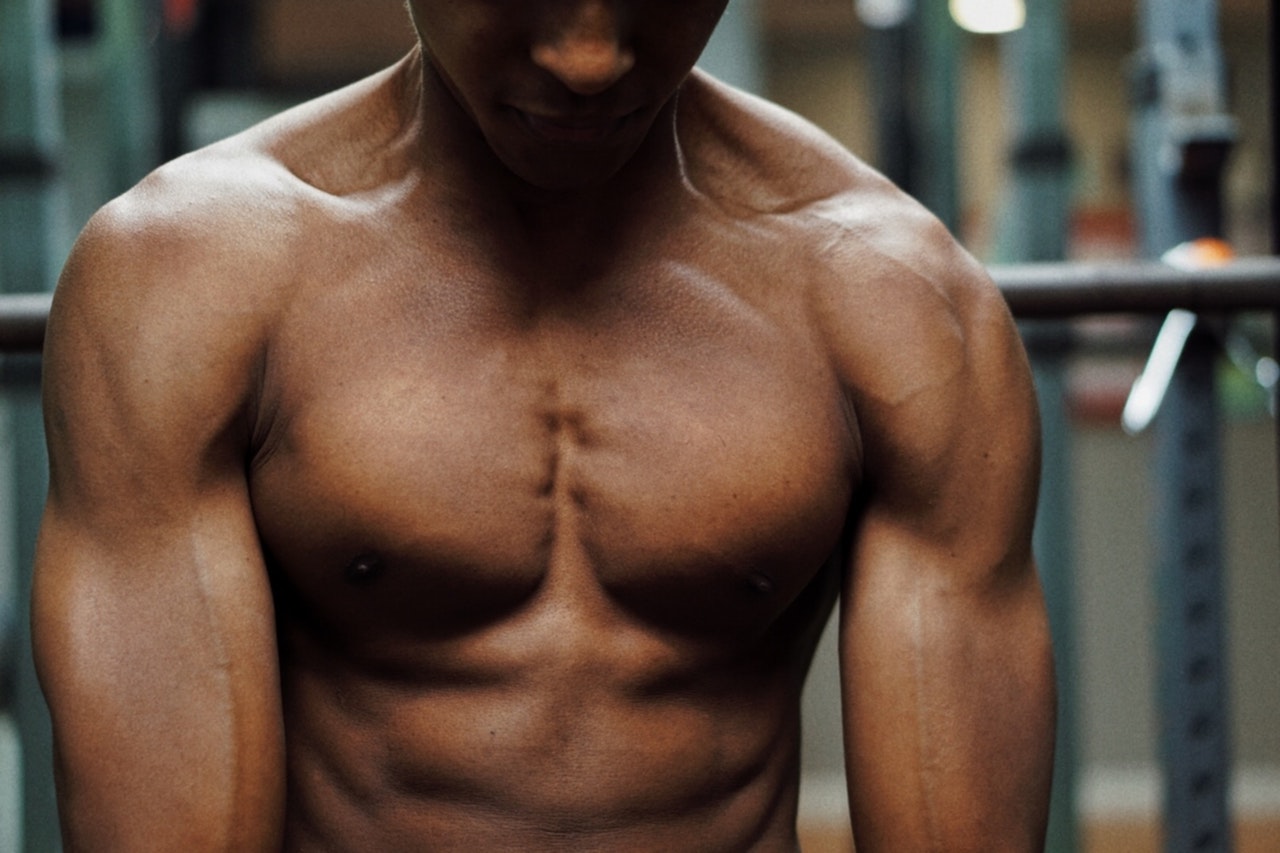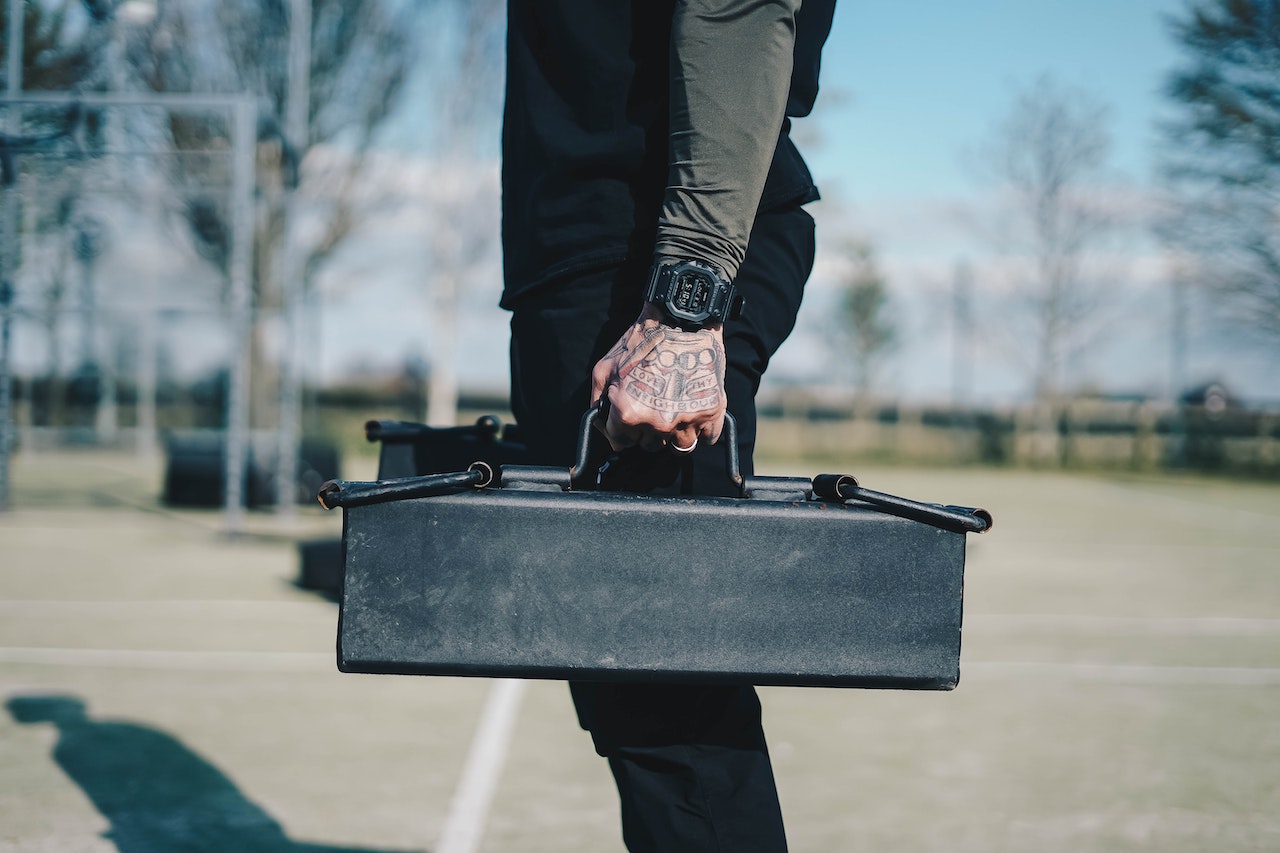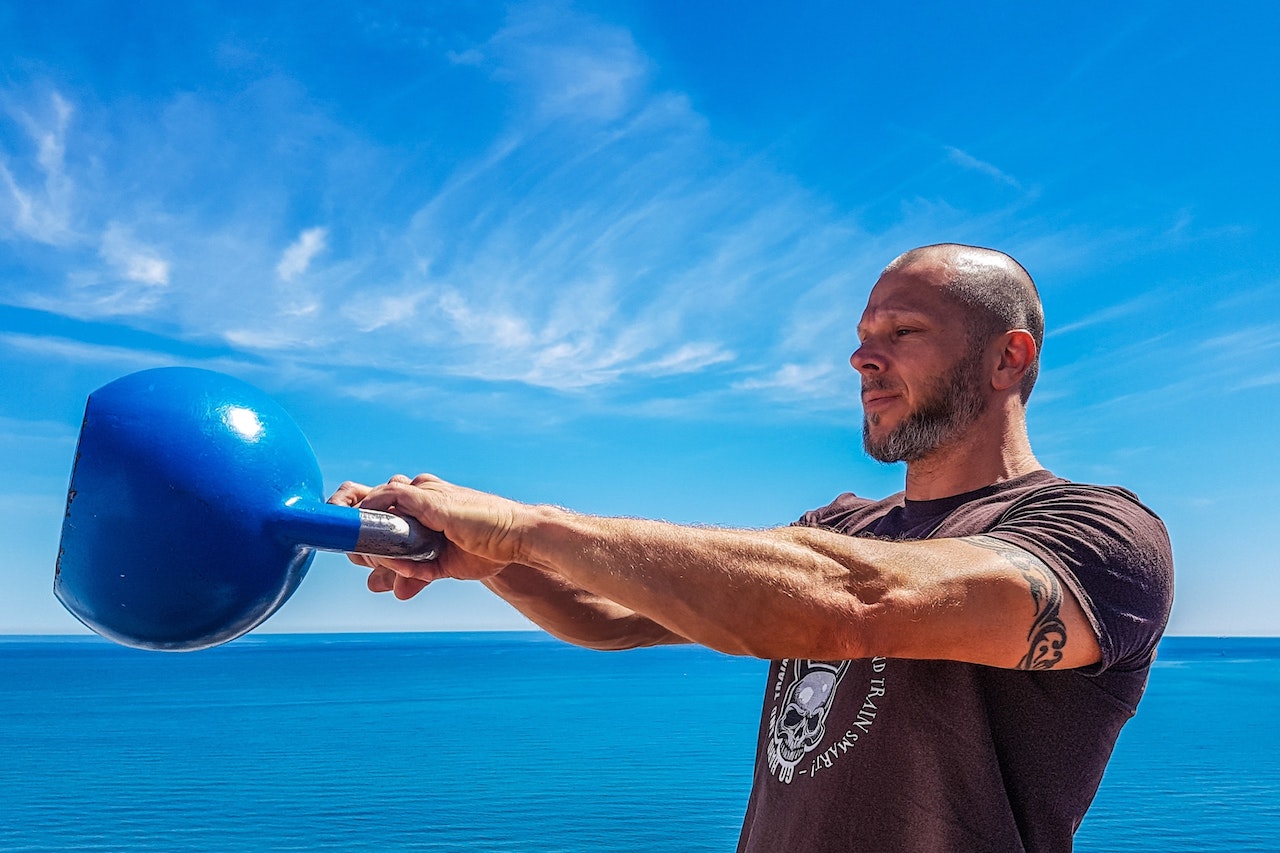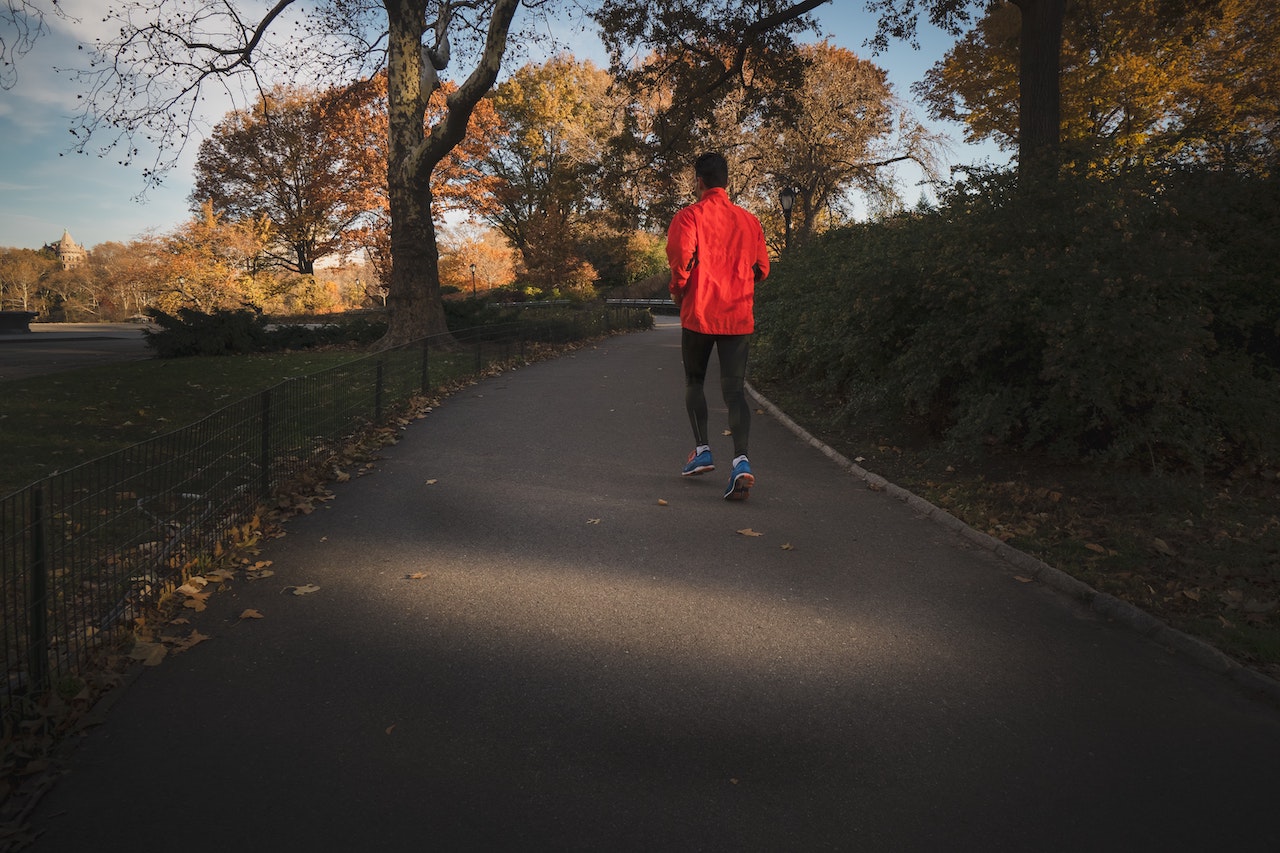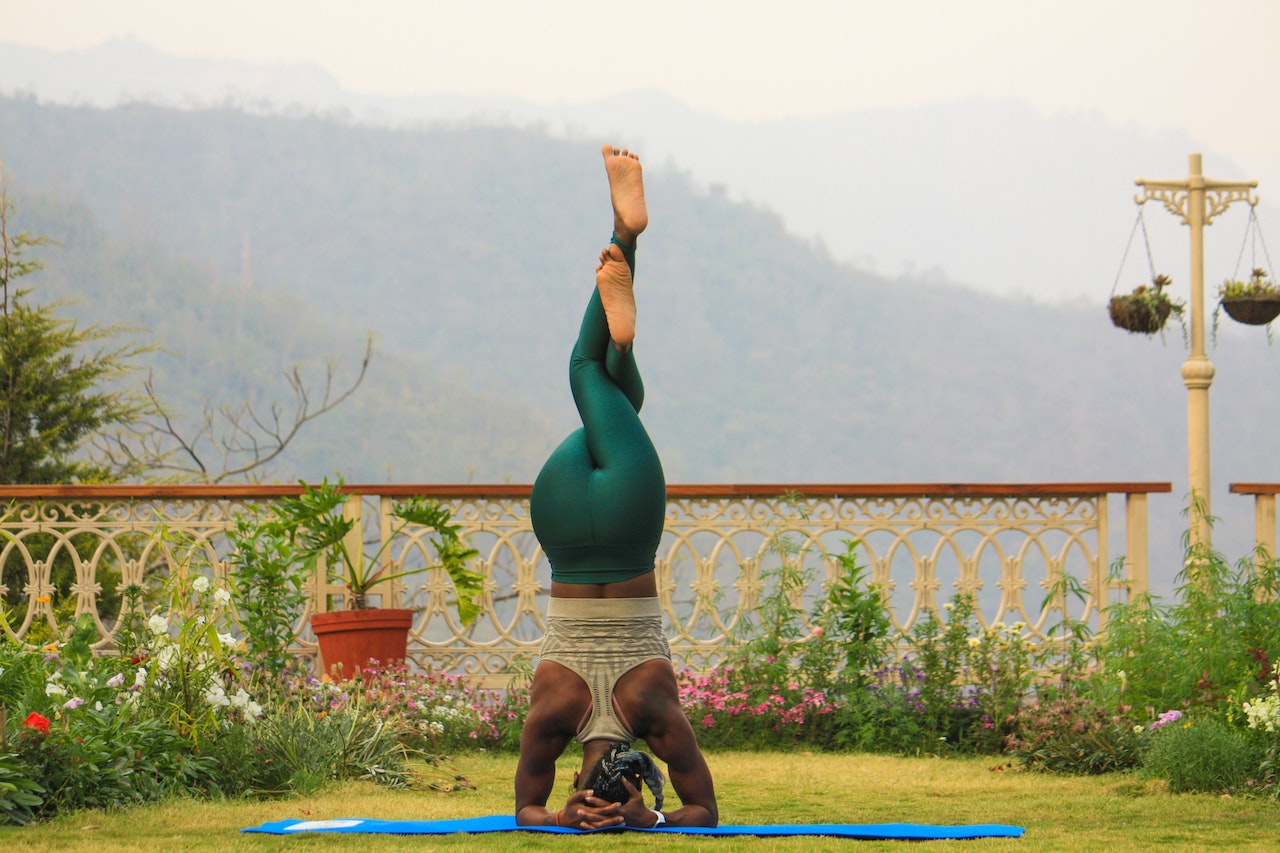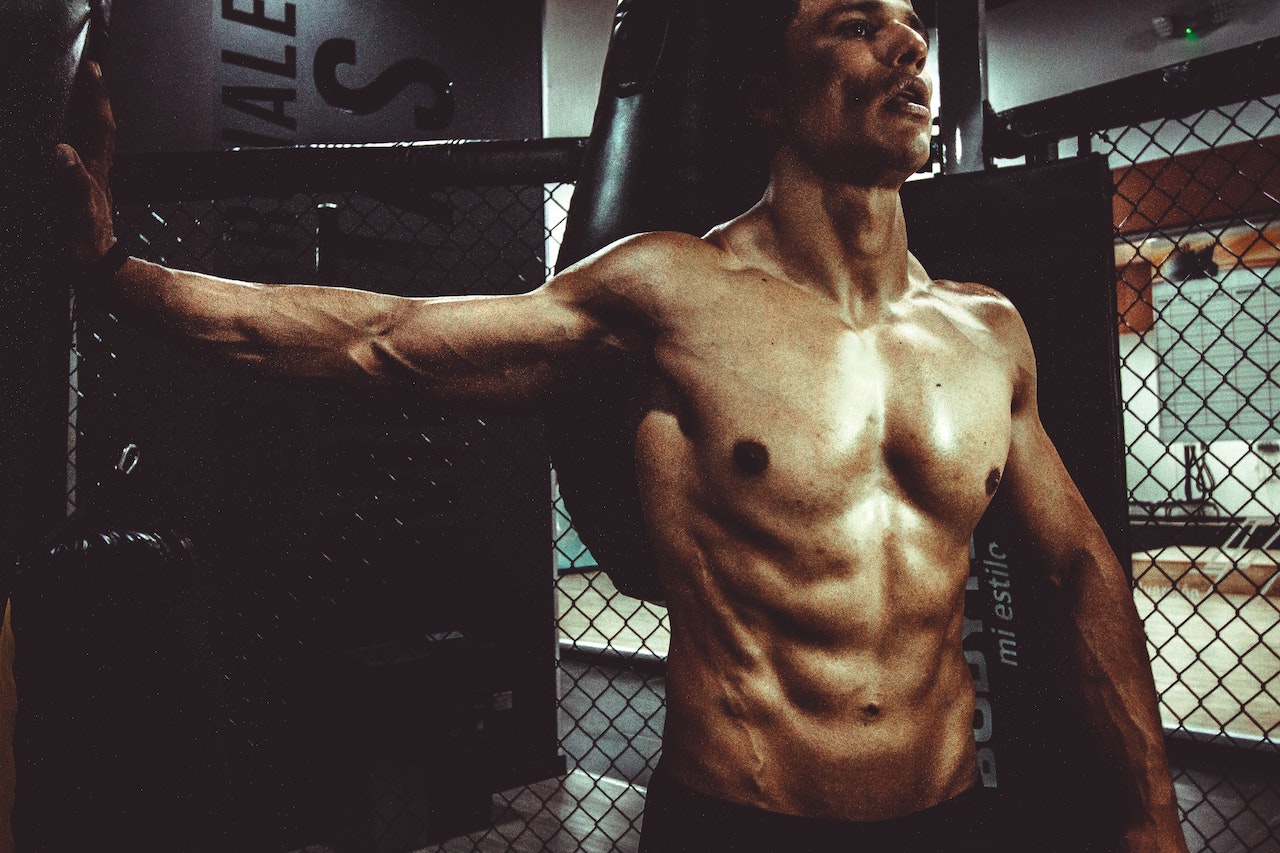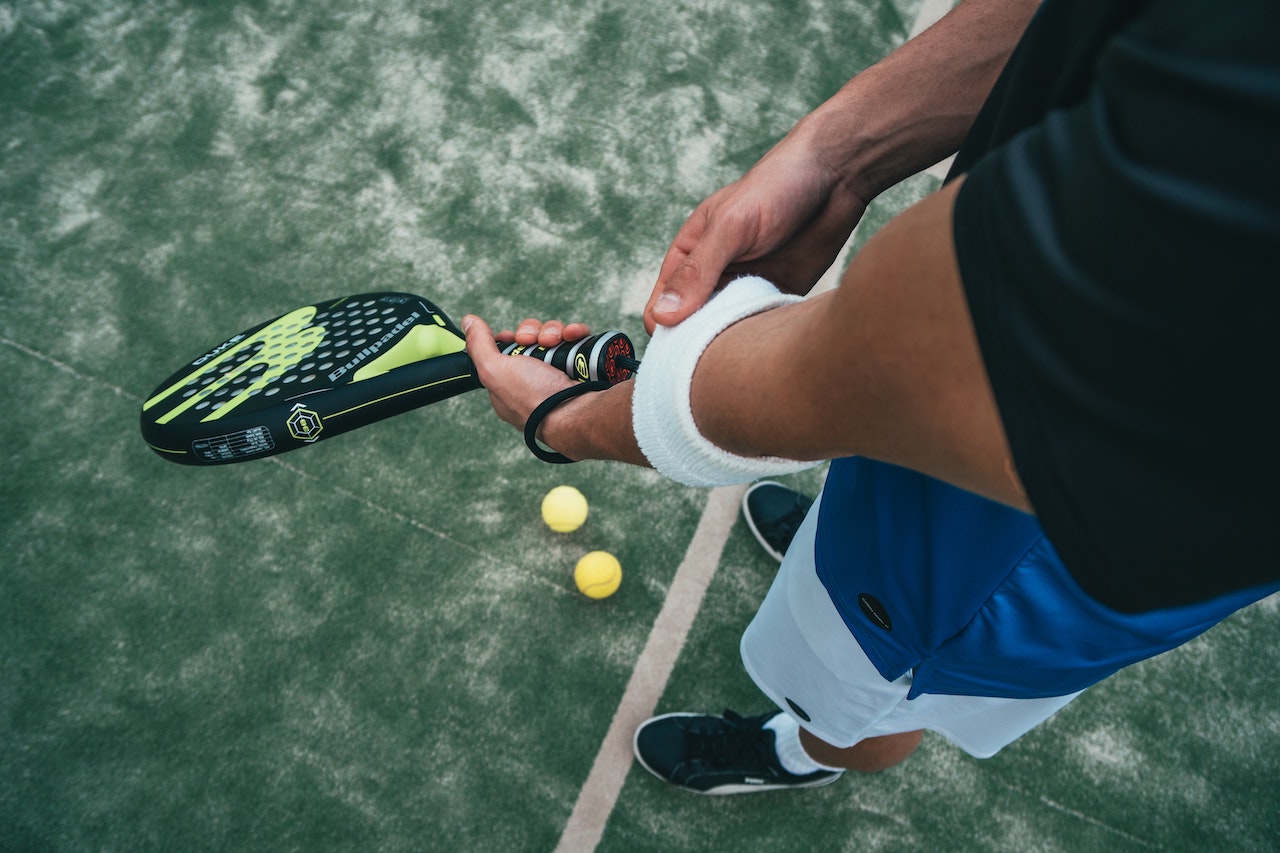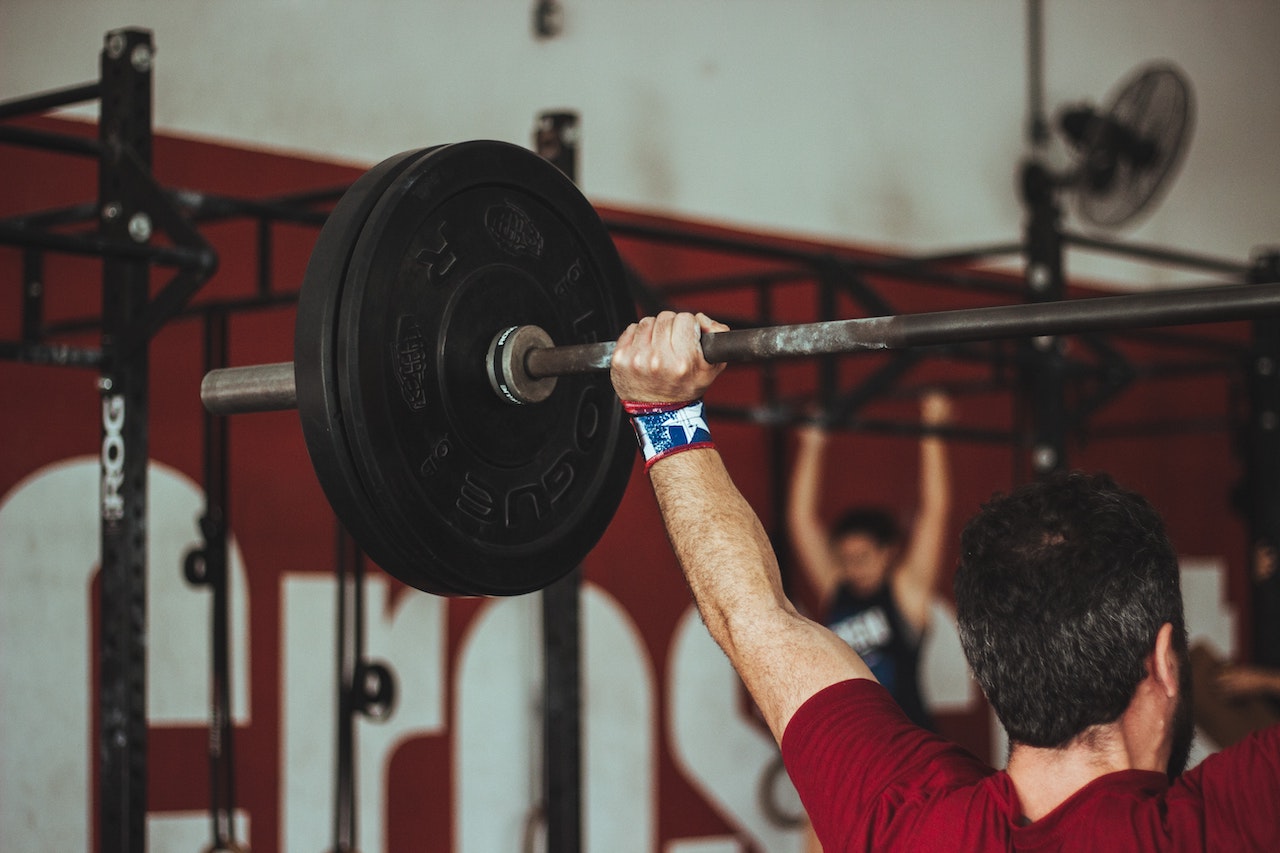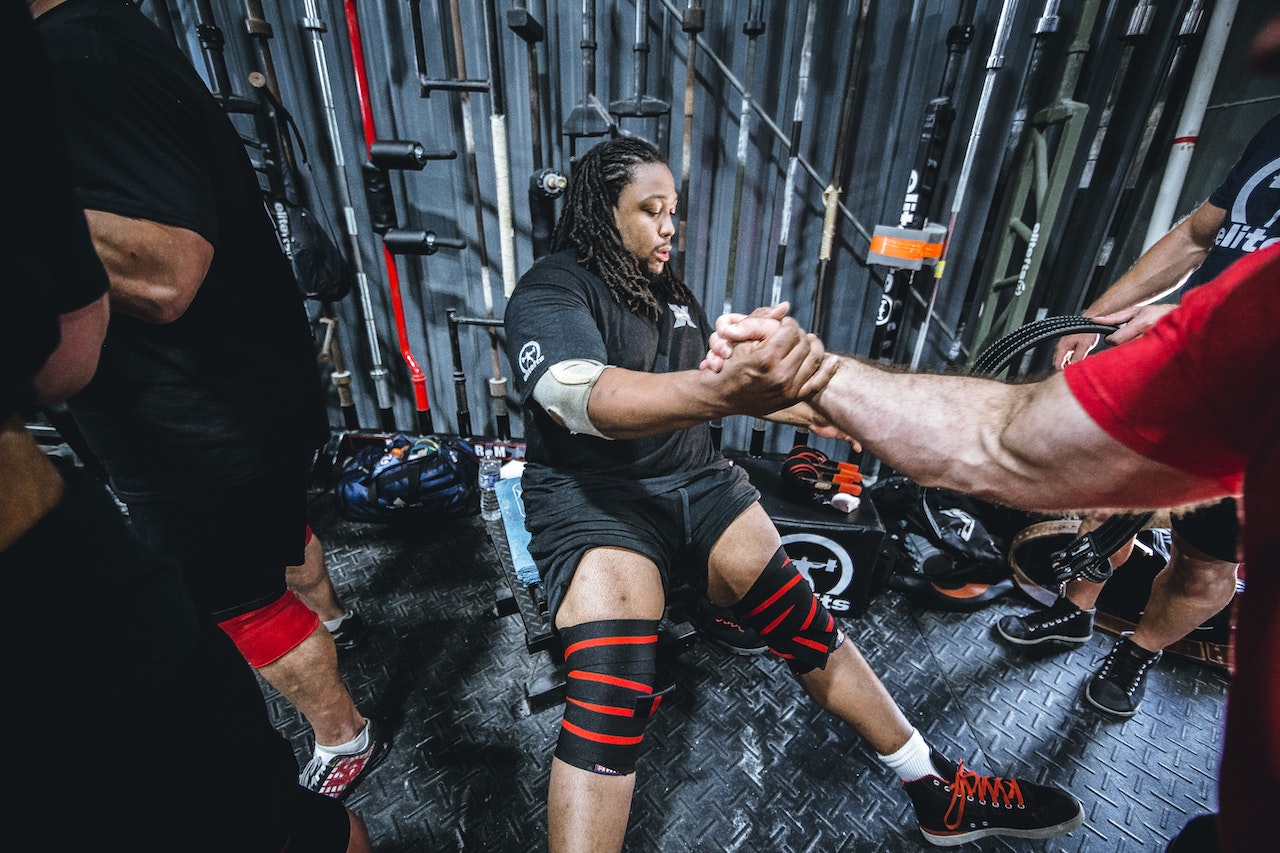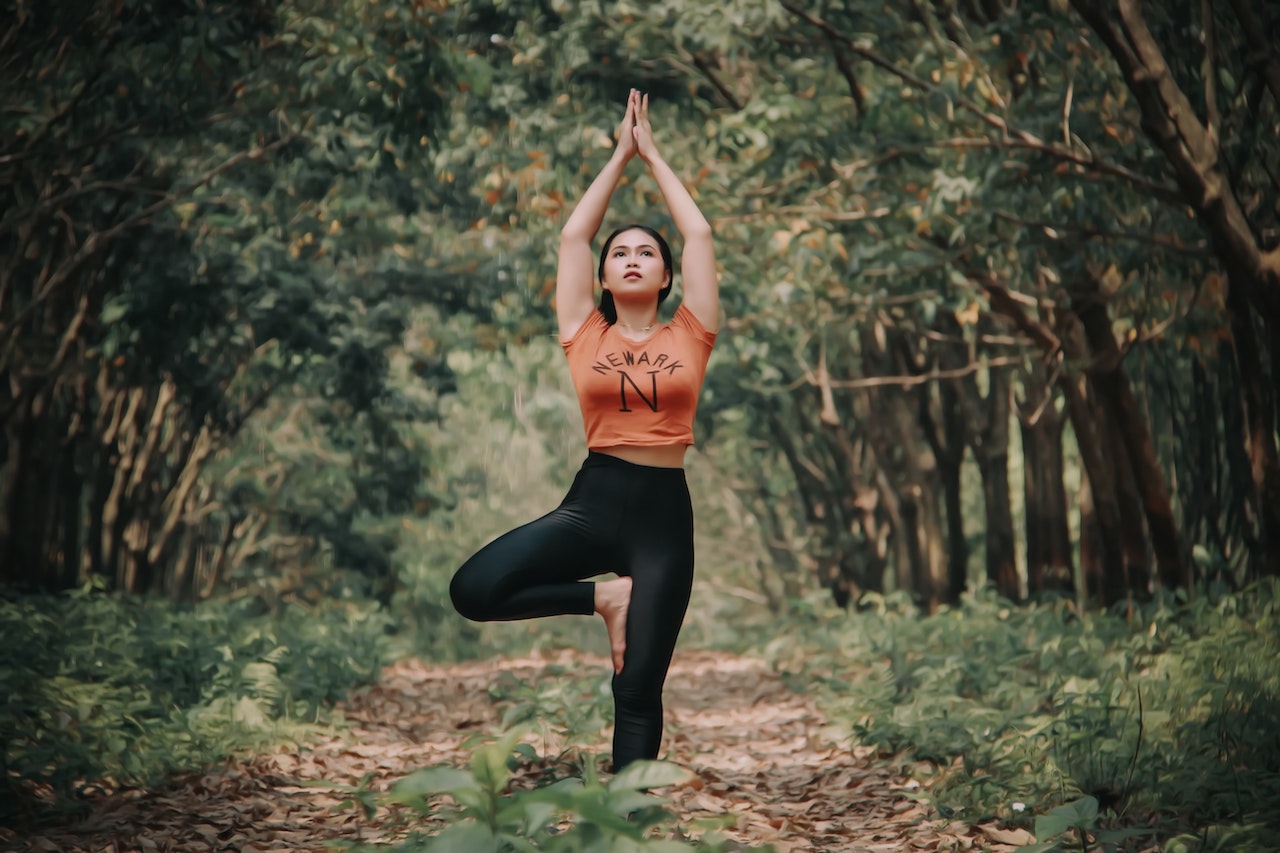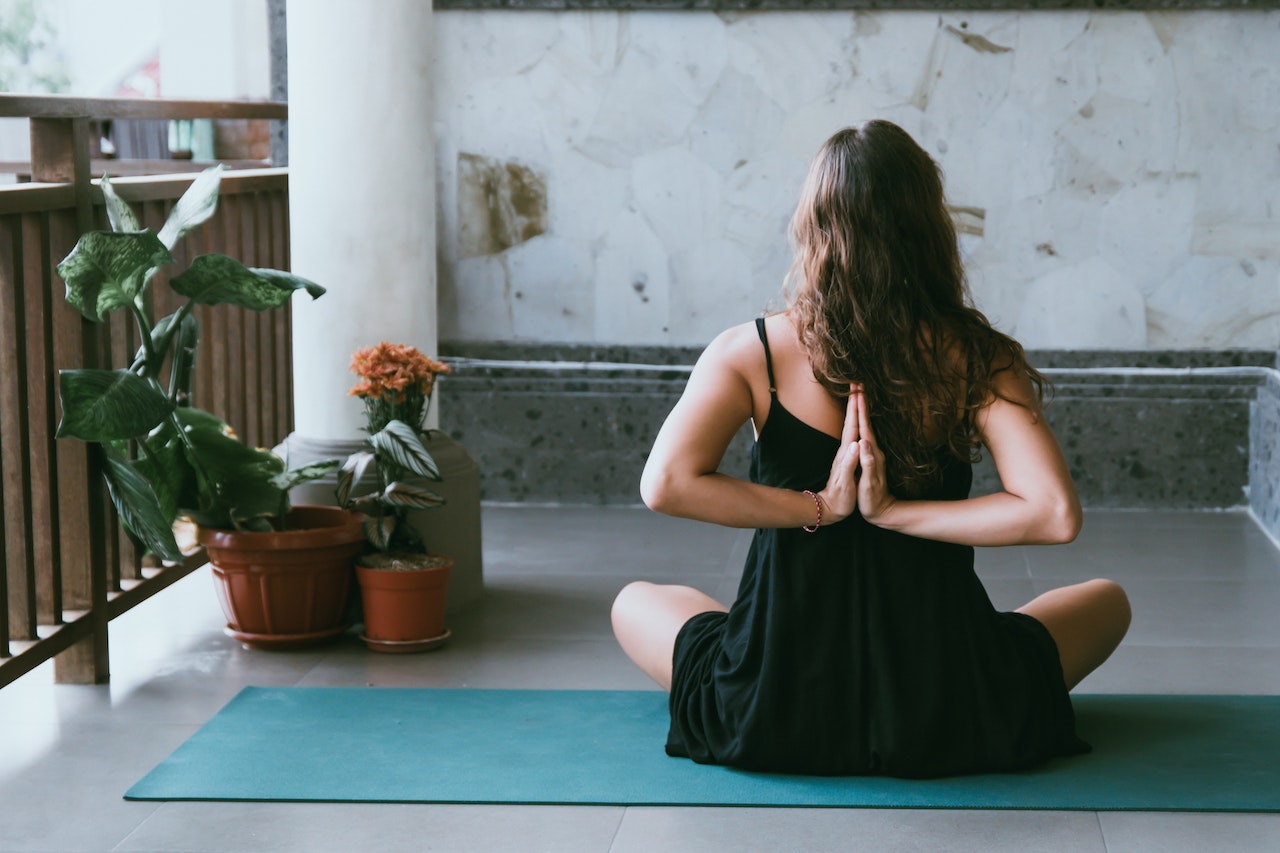Many people may not know what a hemisphere, or speedball, is. It looks like a strange half of a "Yoga ball".
In reality many people in the gym use this exercise tool as it adds an extra stability challenge to the workout. The beauty of the half ball is that you can use it for a variety of exercises - from balance exercises on the legs, to core exercises, and even upper body and aerobic exercises. In any of these cases, it just adds that extra element of instability which requires you to engage the small muscles of your core more, helping you to control your body and maintain balance.
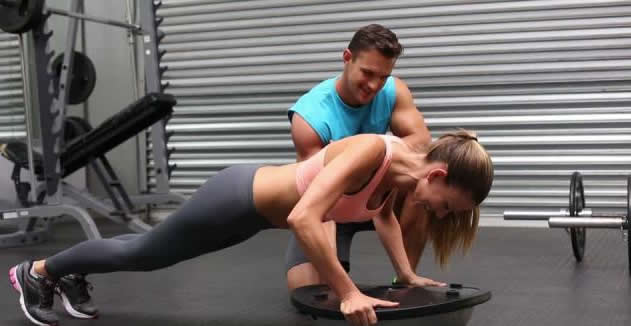
The half ball is definitely a tool worth trying. As with any new exercise or piece of equipment, it is best to start with the basics and work on more complex movements once you have stabilised your body a little. Before you do anything else, simply stand on the spherical surface of the hemisphere to get a feel for it. Yes, you will feel physically unstable, but over time you will start to feel more stable. Then, try these training moves below.
1. Hemisphere down push-ups
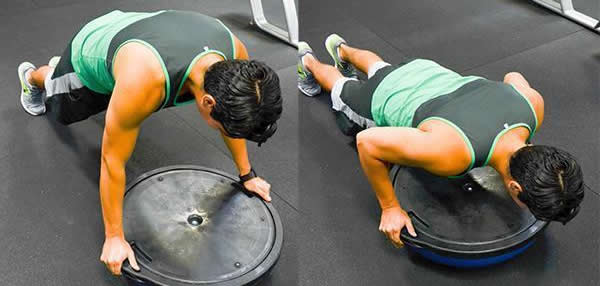
This is like a normal push-up except you balance your body on a bosu ball. This will help to work your core muscles, triceps, chest and shoulders. The benefit is that you can improve your balance and coordination.
2. Spherical supine
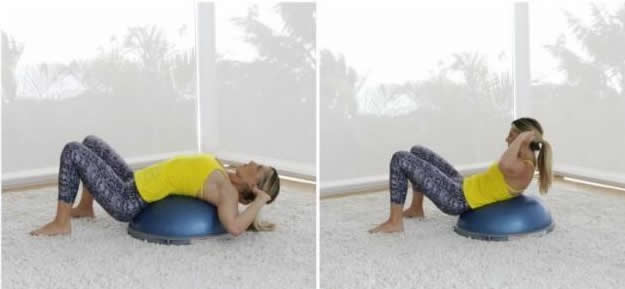
Tighten your abdominals and use your core muscles to lift as you sit up. Do not allow your back to arch over the ball as you release towards the floor. To maintain correct posture, keep your back parallel to the ball.
3. Spherical deep squat
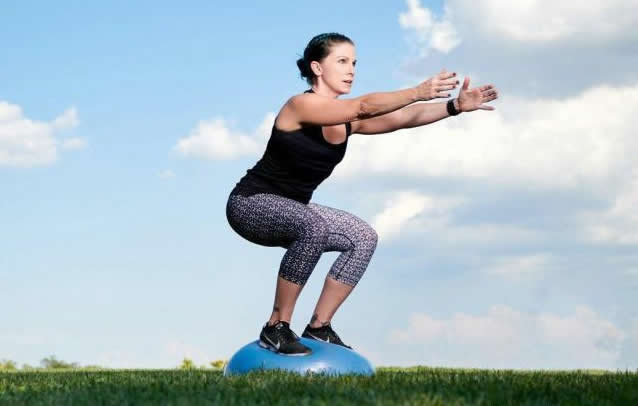
Stand on the ball with your legs spread hip-width apart and squat down. Squat for three seconds before standing up. This will work your legs, gluteus maximus and core muscles.
4. Balanced bicep curl on the ball
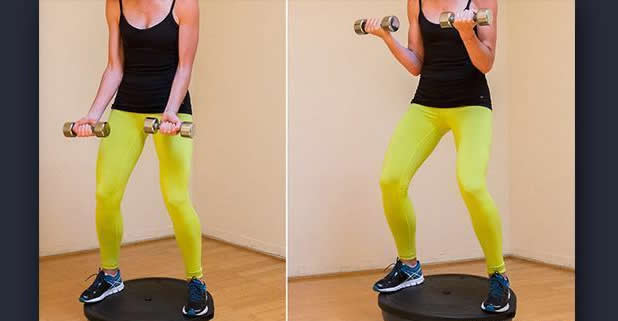
Take a dumbbell and exercise your biceps. Stand on the ball and when you are balanced, start your bicep curls.
If you want to take it to the next level, flip the hemisphere over so you are on the black side. Make sure you are focused and properly aligned and do your bicep flexion slowly.
5. Spherical lunge squat
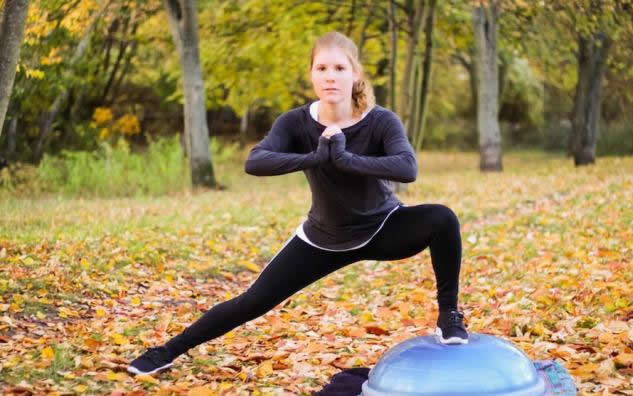
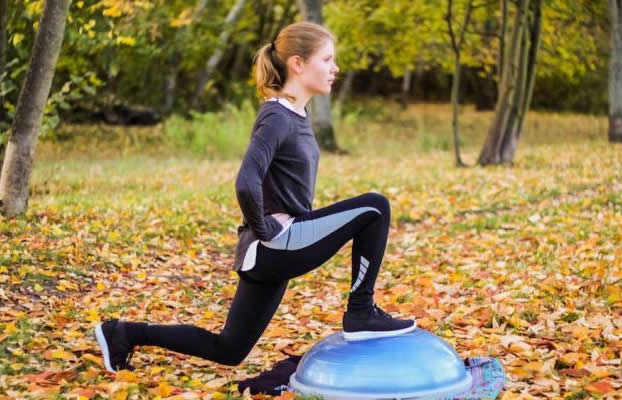
There are a few different variations of the lunge. You can do one leg at a time or you can switch legs in each set. It depends on whether you feel comfortable or not. Make sure your foot is strong on the ball and try not to let your knee go over your toes as you lunge forward.
6. Balancing in a seated position on the ball
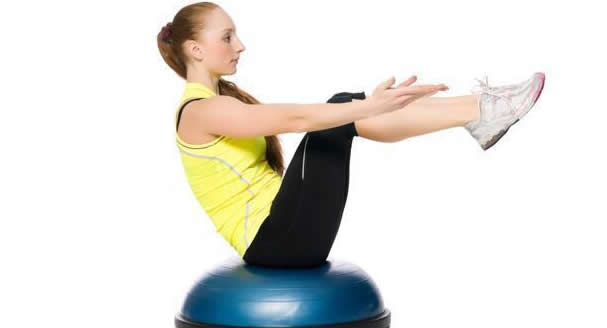
Sit in the middle of the ball and find your balance point. When you are ready, bring your knees up 45 degrees to keep your balance. You can place your hands gently on the ball to help you keep your balance, or place them in front of you. Try to hold this position for 15 seconds and then start again. Your ultimate goal should be one minute. However, this will take time. Make sure to tighten your abdomen and your breathing.
7. Climber - sphere down
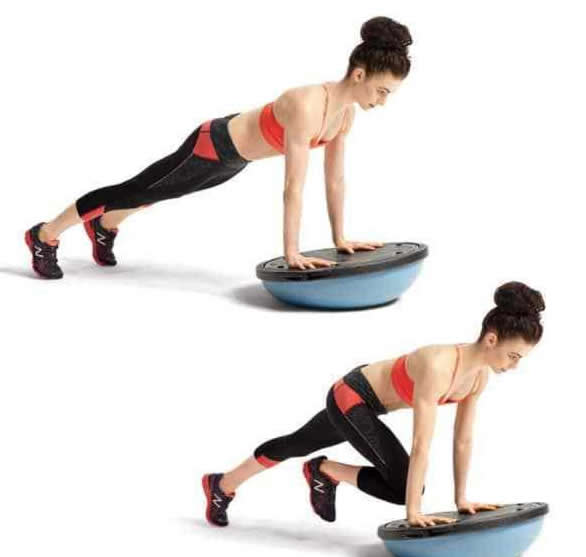
Place your hands on either side of the ball and hold firmly. Maintain a stable plank position. When you are ready, lift your right leg a few inches off the ground. Lift your knee towards your nose and switch legs. Switch legs at any speed you like for 30 seconds. Make sure your abdominals are tight.
8. Sphere jumps
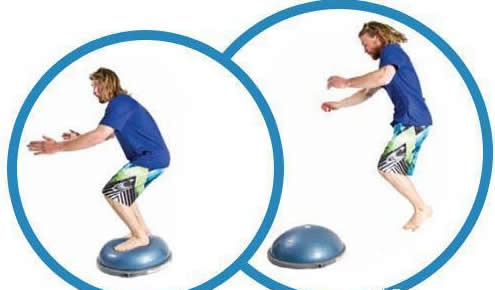
This move is like a deep squat, except you jump up onto the ball first and then jump down again. As you jump onto the ball, hold the squat for two seconds before you jump down.
9. Side step deep squat on the ball
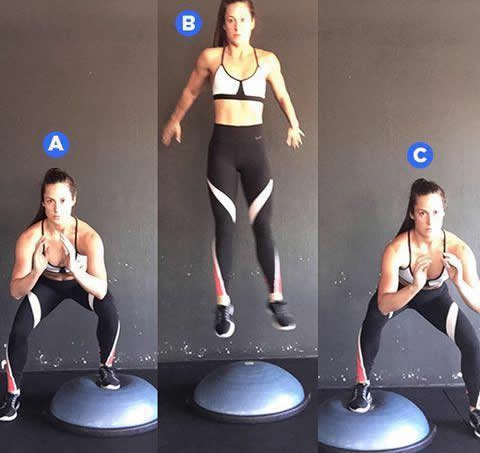
Start with your right foot in the middle and take a step to the outside with your left foot and squat. Place your left foot in the middle of the ball, then step your right foot to the side and squat switching legs all the way until you have done 12 reps on each side.
10. Spherical dumbbell bench press
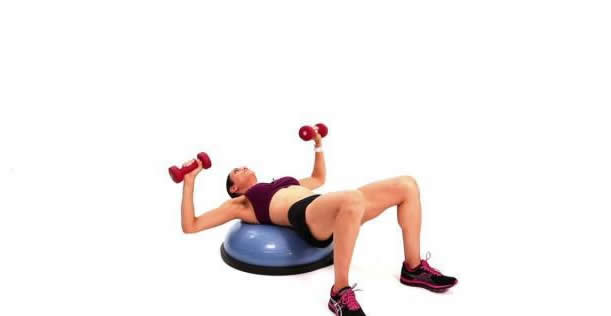
Take a set of dumbbells and lie on your back on the ball. Place your feet 30-60 cm from the ball and lift your hips. Hold a dumbbell in each hand with your arms in a "T" Shape. Bend your elbows to a 90 degree angle and push upwards. Repeat 12 to 15 times. This helps to work your legs, gluteus maximus, chest, arms and core muscles.
The half ball and the yoga ball, which have some similarities in function and use, also have their own differences. Constant practice and experimentation will make these little tools more useful.

